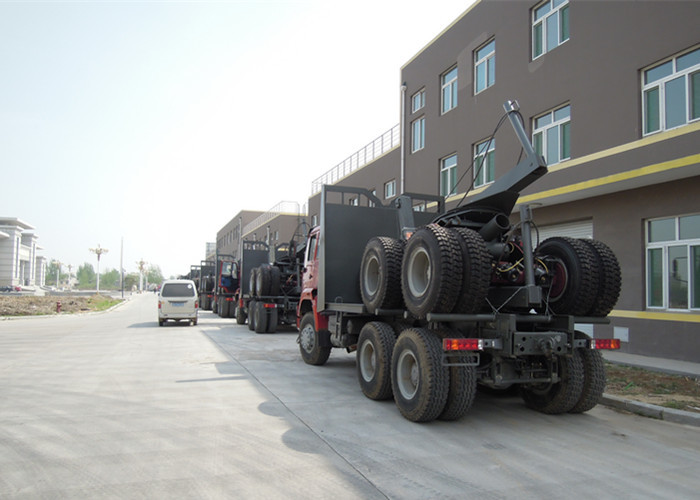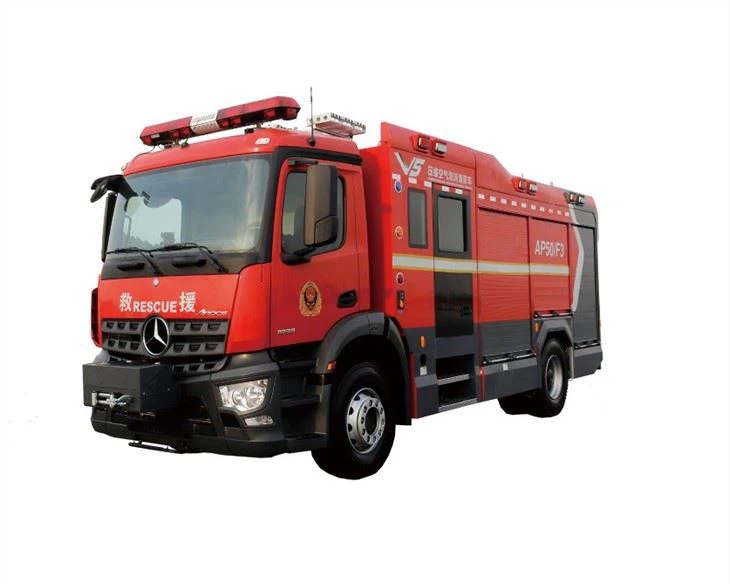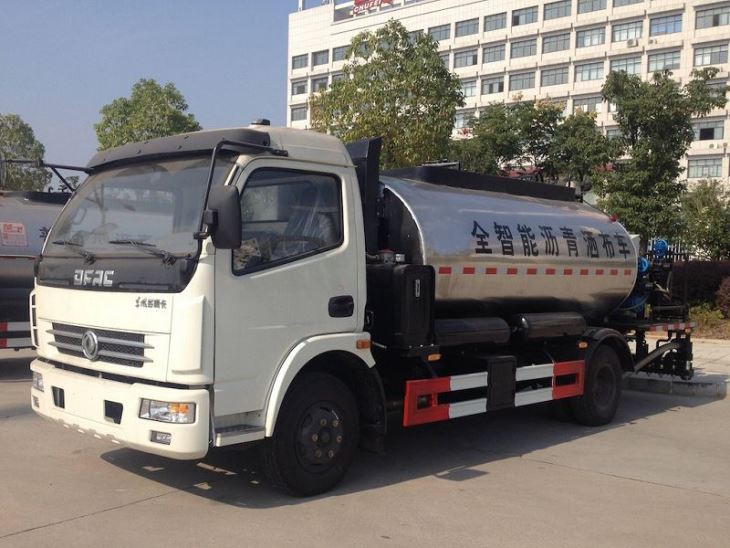Fire trucks are a vital part of emergency response systems, equipped to handle various situations beyond just fires. This article explores the intricacies of fire trucks, focusing on how they “pierce” through emergencies, ensuring timely and effective responses. From their design and equipment to their operational strategies, we will provide a comprehensive overview of these essential vehicles.
Table of Contents
- History of Fire Trucks
- Types of Fire Trucks
- Fire Truck Design and Engineering
- Essential Equipment on Fire Trucks
- Firefighter Training and Safety
- Strategies for Emergency Response
- Advancements in Fire Truck Technology
- Real-Life Examples of Fire Truck Operations
- Frequently Asked Questions
History of Fire Trucks
The evolution of fire trucks can be traced back to ancient fire-fighting methods. Early civilizations relied on simple equipment like buckets and hand pumps. The first real fire engines appeared in the 17th century, with horse-drawn carts transporting water and tools. By the 19th century, steam-powered fire engines became popular, leading to the motorized fire trucks we see today.
The Industrial Revolution and Fire Truck Innovation
With the Industrial Revolution came significant advancements in fire truck technology. Motorized fire trucks began replacing horse-drawn models, improving response times and operational efficiency. The introduction of hydraulics further enhanced fire-fighting capabilities, allowing for higher water pressure and better control during emergencies.
Modern Developments
Today, fire trucks are equipped with advanced technology, including GPS navigation, thermal imaging cameras, and communication systems. These innovations enable fire departments to respond more effectively to emergency situations.
Types of Fire Trucks
Fire trucks come in various types, each designed for specific firefighting tasks. Understanding these types can help appreciate their roles in emergency responses.
Pumper Trucks
Pumper trucks, or fire engines, are the backbone of fire-fighting efforts. They are equipped with hoses, water tanks, and pumps to address various blaze intensities.
Specifications:
| Feature | Details |
|---|---|
| Water Capacity | 500 to 1,500 gallons |
| Pump Capacity | 1,000 to 2,000 GPM (gallons per minute) |
Aerial Trucks
Aerial trucks feature large ladders or platforms that can extend to reach high buildings. They are essential for combating fires in multi-story structures.
Specifications:
| Feature | Details |
|---|---|
| Ladder Height | 75 to 100 feet |
| Platform Capacity | Up to 1,000 pounds |
Brush Trucks
Brush trucks are designed for wildland firefighting. They are smaller and more maneuverable, allowing them to access difficult terrains.
Specifications:
| Feature | Details |
|---|---|
| Water Capacity | 200 to 500 gallons |
| Special Equipment | Foam and fire retardant tanks |
Fire Truck Design and Engineering
The design and engineering of fire trucks play a crucial role in their effectiveness during emergencies. Factors like weight distribution, pump placement, and hose management greatly affect performance.
Ergonomic Design
Modern fire trucks incorporate ergonomic design principles to ensure ease of use for firefighters. Control panels are strategically placed for quick access during emergencies.
Safety Features
Fire trucks are engineered with safety in mind. Features include reinforced frames, roll stability, and advanced suspension systems that enhance stability during operations.
Essential Equipment on Fire Trucks
Fire trucks are loaded with specialized equipment designed to tackle various types of fires. Understanding this equipment is vital for appreciating how fire trucks “pierce” through emergencies.
Hoses and Nozzles
Fire hoses are the lifelines during firefighting. Different types include attack lines and supply lines, each serving specific functions. Nozzles control water flow and spray patterns.
Common Hose Types:
- Attack Lines: Used for direct firefighting.
- Supply Lines: Transport water from hydrants to fire trucks.
Water Pumps
Pumps are the heart of any fire truck, enabling efficient water delivery. They can be operated directly from a water source or a fire truck’s water tank.
Types of Pumps:
- Positive Displacement Pumps: Ideal for operations requiring high pressure.
- Centrifugal Pumps: Commonly used for large volumes of water.
Rescue Equipment
Fire trucks are equipped with rescue tools, such as hydraulic cutters and spreaders, used during emergencies like vehicle extrications and collapsed structures.
Firefighter Training and Safety
Firefighters undergo extensive training to handle emergencies effectively. This training ensures they can operate fire trucks and make crucial decisions under pressure.
Initial Training
New firefighters complete rigorous initial training covering firefighting techniques, equipment usage, and safety protocols.
Continuous Education
Experienced firefighters engage in ongoing training to keep up with new technologies and methods in fire safety and rescue operations.
Strategies for Emergency Response
Effective emergency response involves clear communication, quick decision-making, and strategic planning. Fire trucks are integral to these efforts.
Incident Command System (ICS)
The ICS is a standardized approach used during emergencies to ensure coordination among various responders. Fire trucks play a crucial role in this system, providing essential resources and manpower.
Roles of Fire Trucks in ICS:
- Command Post: Establishing a base of operations.
- Resource Management: Allocating personnel and equipment efficiently.
Community Response Plans
Fire departments often collaborate with local communities to develop response plans, ensuring preparedness during emergencies. Fire trucks are vital in these plans, offering both preventive and reactive capabilities.
Advancements in Fire Truck Technology
The fire service continuously embraces new technologies to improve firefighting efficiency and safety. This section explores some of the most significant technological advancements in fire trucks.
GPS and Navigation
Modern fire trucks are equipped with GPS and navigation systems, enabling quicker responses to emergencies and optimal routing through congested areas.
Thermal Imaging Cameras
Thermal imaging cameras provide firefighters with the ability to see through smoke and darkness, identifying hotspots and locating people in danger during a fire.
Real-Life Examples of Fire Truck Operations
Examining real-life scenarios where fire trucks have played a critical role can provide valuable insights into their importance. Here are some case studies:
Case Study 1: High-Rise Fire
During a high-rise fire in an urban center, aerial trucks were deployed to reach victims trapped on upper floors. The coordinated efforts of firefighters and the effective use of ladders enabled a successful rescue operation.
Case Study 2: Wildfire Response
In a recent wildfire season, brush trucks swiftly navigated rugged terrain to deploy fire retardants. This prompt action prevented the fire from spreading to nearby communities.
Frequently Asked Questions
What is the typical lifespan of a fire truck?
The average lifespan of a fire truck ranges from 15 to 20 years, depending on maintenance and usage.
How much does a fire truck cost?
The cost of a fire truck can vary widely based on its type and equipment, ranging from $300,000 to over $1 million.
How do firefighters ensure their safety while operating fire trucks?
Firefighters receive extensive training and utilize safety equipment, including helmets, gloves, and protective clothing, to ensure their safety during operations.
What factors influence fire truck design?
Fire truck design is influenced by factors such as the type of emergencies they respond to, the terrain, and the specific needs of the community they serve.
What advancements are changing fire truck operations?
Advancements like GPS navigation, thermal imaging technology, and automated systems are transforming fire truck operations to enhance efficiency and safety.
Can fire trucks be customized for specific needs?
Yes, many fire departments customize fire trucks to suit their specific operational needs, including additional equipment, storage solutions, and design features.



